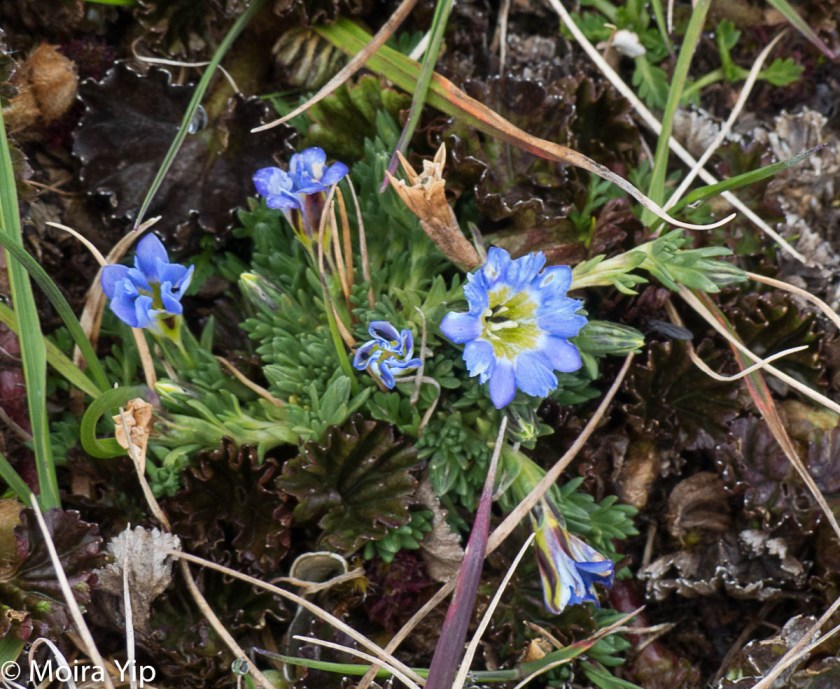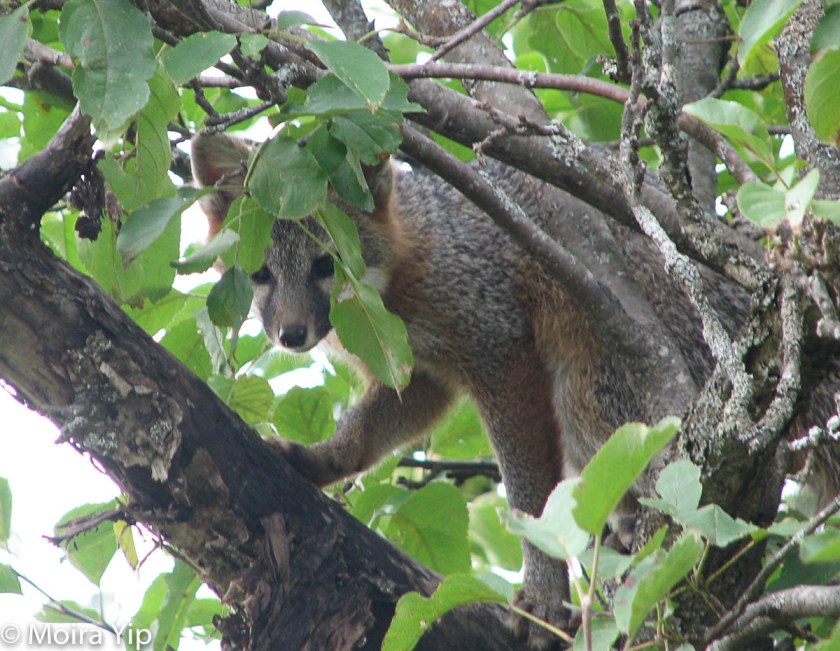I try to keep my posts short, but this one is longer than usual. I have just returned from Ecuador, having seen some beautiful, fascinating natural wonders, so there will be a series of posts as I organize my photos and my thoughts.
The main driving force behind my itinerary was my desire to see a Spectacled Bear, otherwise known as Paddington, who lives in both “darkest Peru” and darkest Ecuador, being no respecter of national borders. Rather than keeping you in suspense, let me tell you that I found one (actually seven):

So here is the story. They live high in the Paramo climate zone of the Andes, in this case at 4,300 meters, or 14,500 feet, in the Papallacta Pass in Cayambe-Coca National Park. There is a road through the middle of the park:
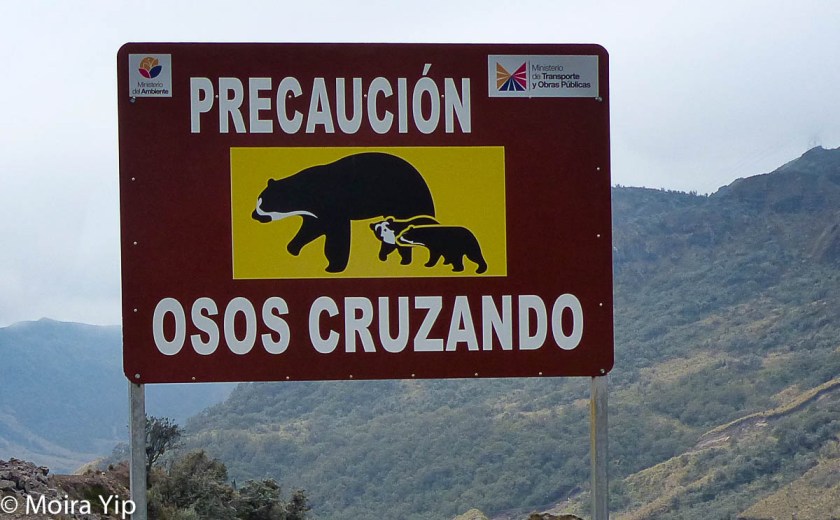
But other than that it is gloriously wild, with a few gravel roads, and the very occasional trail:
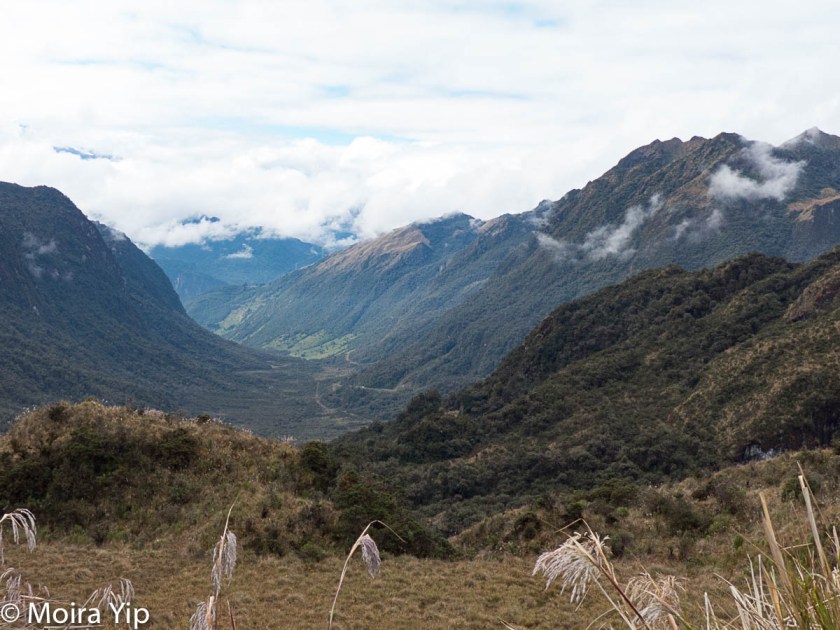


The park ranger hadn’t seen any bears that day:
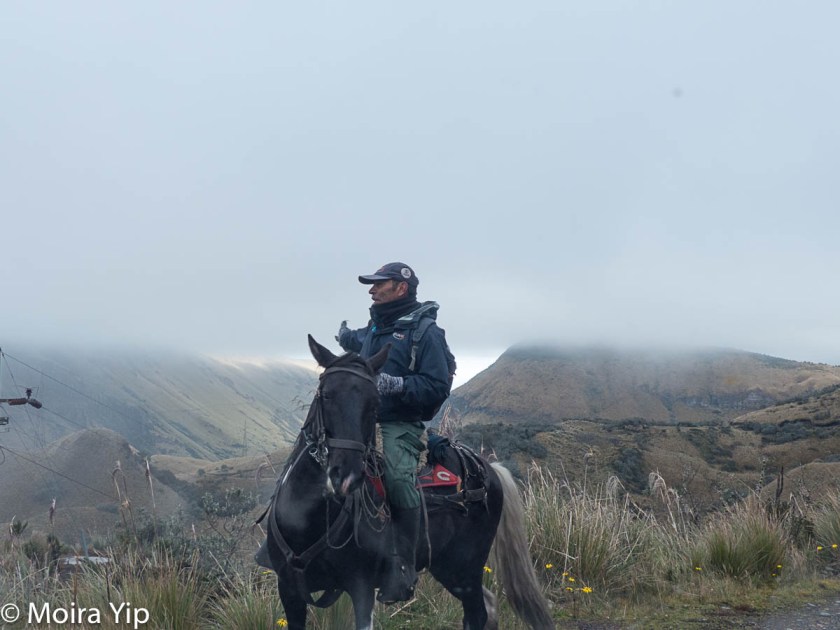
But over the course of three days with the help of my guide Andrea, and local Quichua guide Rodrigo (at left) and his father and brother we found them. (Despite their solemn faces, they were actually a cheerful, smily family, and very good at finding bears!)

Only one was close enough to photograph; the others I saw through binoculars or indeed Andrea’s scope, including the highlight, a mother and two tiny cubs, the mother with perfect spectacle-shaped face markings.
The bears’ favorite food is a type of spiky bromeliad, which they eat just like we eat artichokes, discarding the leaves and going for the soft centre, which also contains their favorite grub.

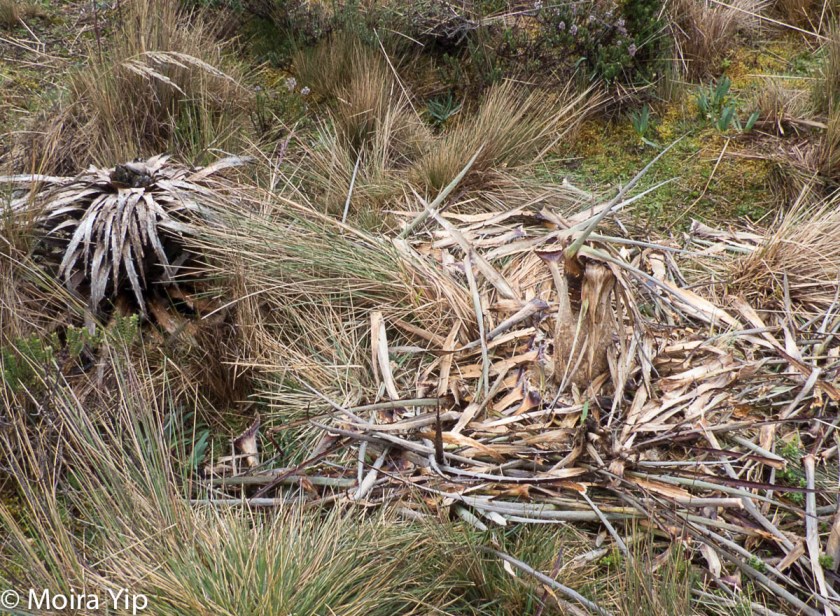
Getting closer to the bears is very hard because the terrain is composed of huge thigh-high clumps of grass, with no space between for your feet. It is steep, and you gasp for breath every few minutes because of the altitude.

But Andrea spotted this young male bear, who moved out of the open into a clump of trees, but then he emerged on top of one eating the berries, and stayed there, watching us closely, as we trekked through the grasses to get a closer look.

So I succeeded in my mission, and can tell my grandson that I took Paddington to visit his family in South America.

Also hunting for the bears were two young German wildlife film-makers, who had not got a single shot in 8 days before we arrived. I am glad to say they eventually caught up with the mother and cubs and apparently got some footage, but meanwhile they left their hat on their tripod, and so Paddington indeed seems to have come back home… (thanks to Andrea for noticing this, and for the photo!).







